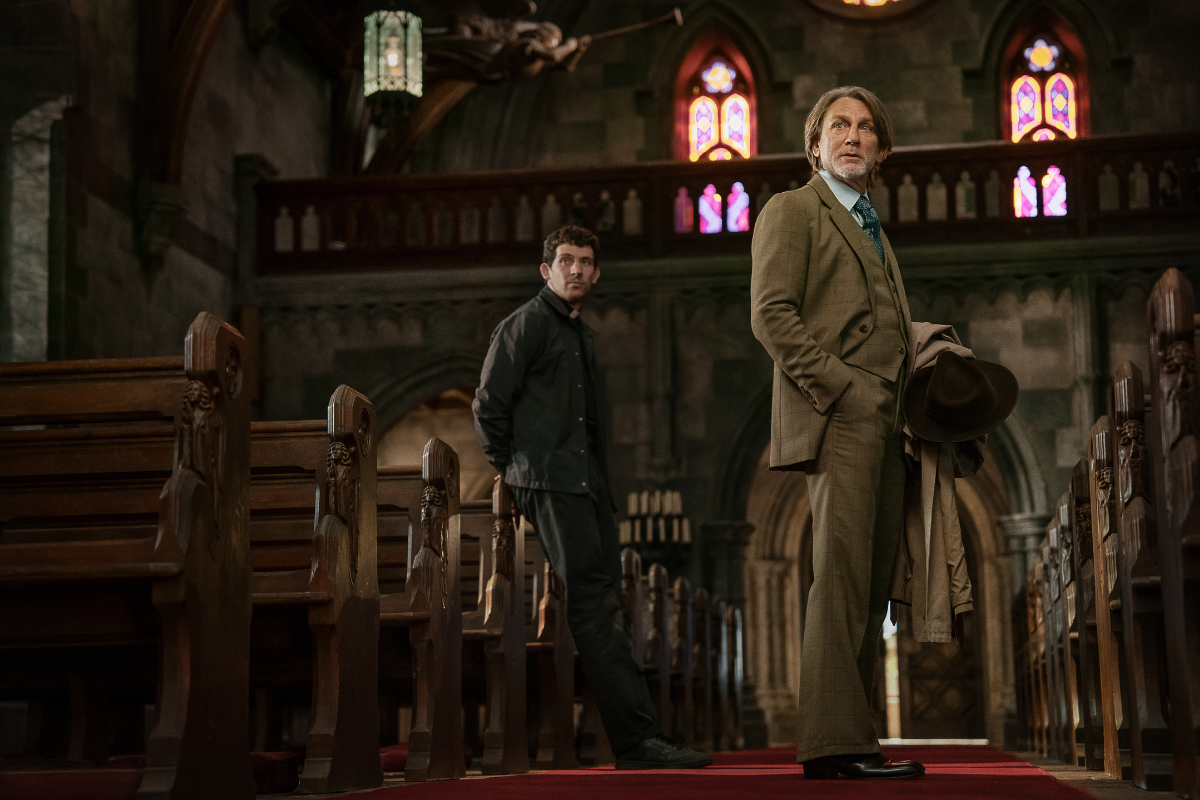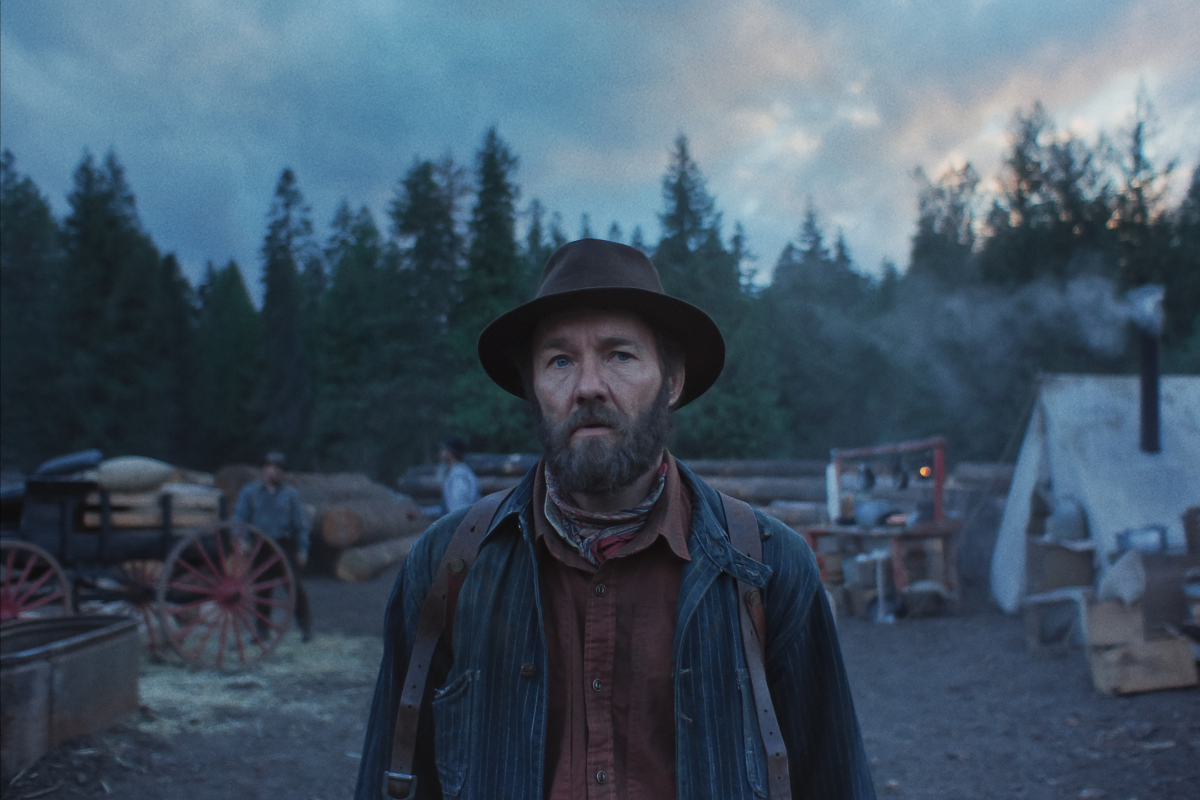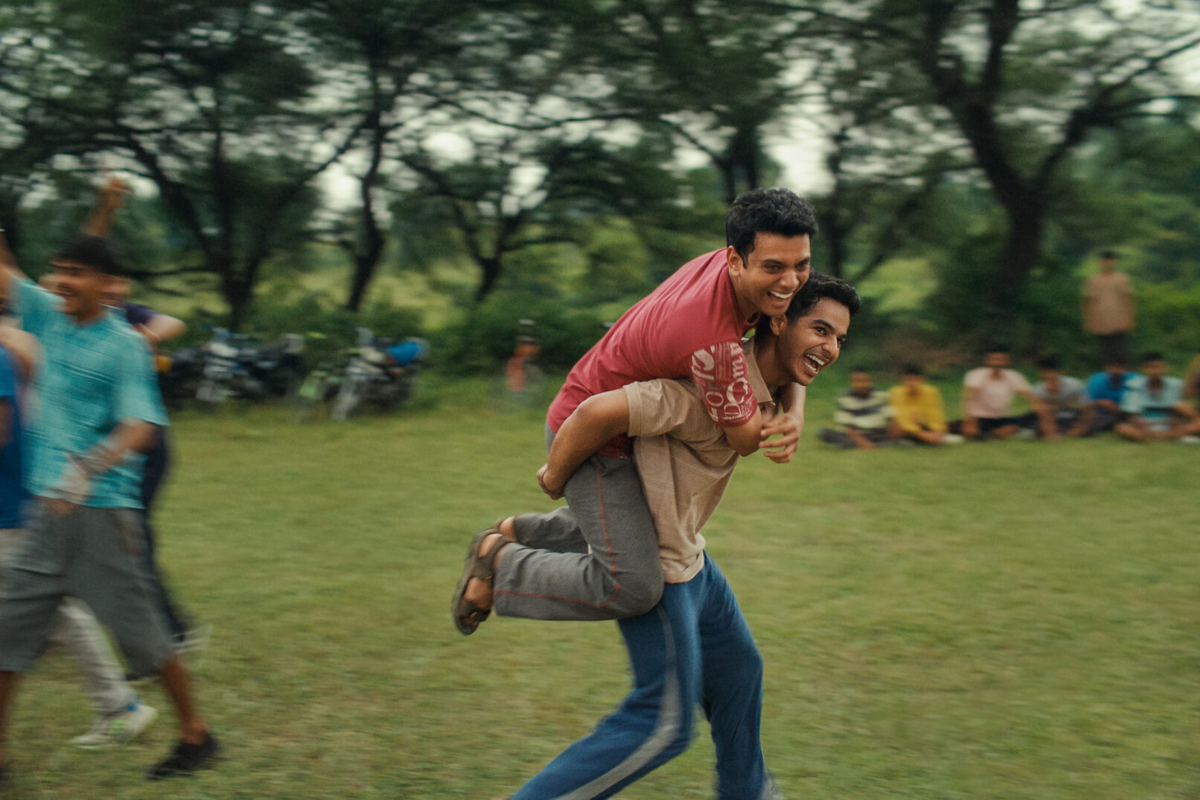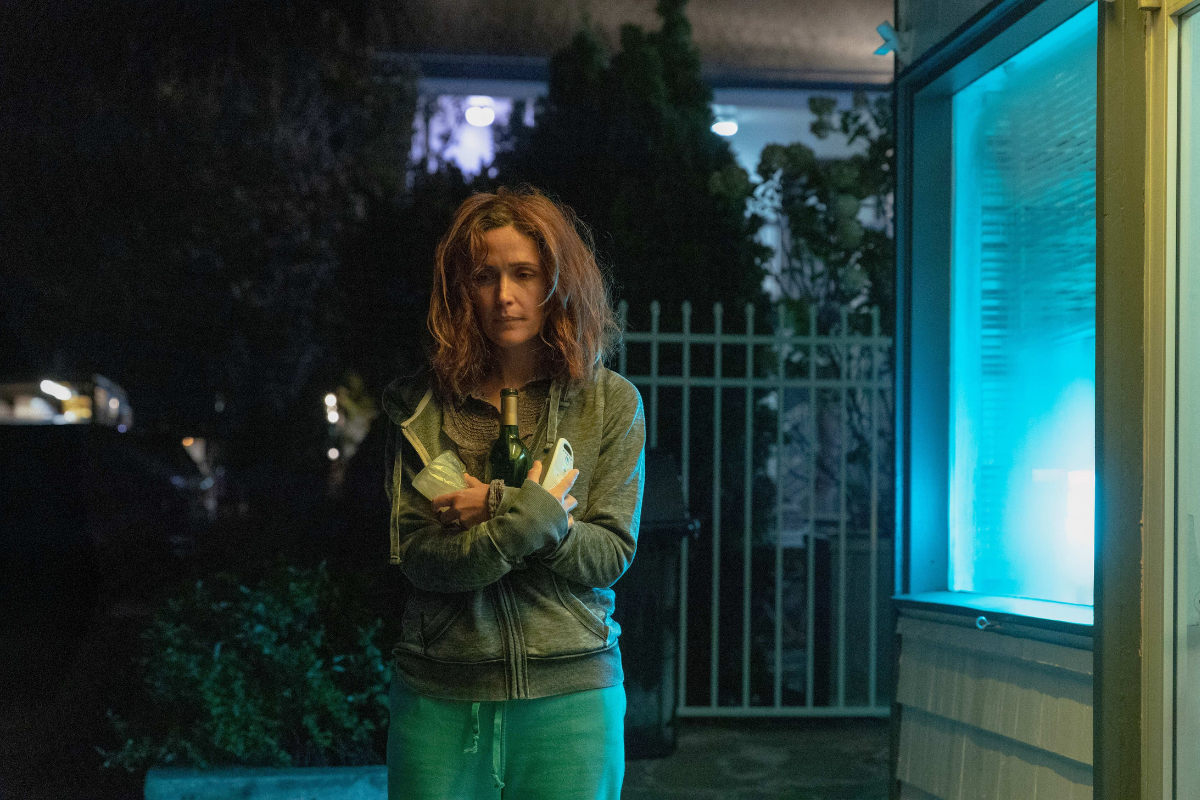“It Was My Film School”: A Look Back at My Best Friend’s Birthday, the Lost Tarantino Movie
In a rare event, Quentin Tarantino agreed to be interviewed by Andrew J. Rausch for his new book, My Best Friend’s Birthday: The Making of a Quentin Tarantino Film, coming out this fall. Dive into the backstory of Tarantino’s student film.
In a rare event, Quentin Tarantino agreed to be interviewed by Andrew J. Rausch for his new book, My Best Friend’s Birthday: The Making of a Quentin Tarantino Film, coming out this fall. Dive into the backstory of Tarantino's student film.
Many of us look at successful filmmakers are modern-day Horatio Alger stories. People like George Lucas, Steven Spielberg, and Quentin Tarantino went from being big-time nerds to the kings of the world. Even though people like this have essentially won the lottery, it still inspires so many of us to try and make it too.
Of course, nobody is born brilliant, and everyone has to start somewhere. Spielberg made tons of home movies as a kid, Lucas became a local legend making student films at USC, and Tarantino raised $5,000 to make My Best Friend’s Birthday, his first attempt at writing and directing a feature.
With origin stories being all the rage, why not do the origin story of the ‘90’s auteur? Enter Andrew J. Rausch, whose book, My Best Friend’s Birthday: The Making of a Quentin Tarantino Film, will be released this Fall through Bear Manor Media.
Rausch is a prolific author of nearly 40 (!) books, and on this one, he even got cooperation from Tarantino himself, after jumping through numerous flaming hoops (more on this later). As for why Rausch decided to focus on a Tarantino obscurity instead of one of his best-known titles, he says, “I think it was the fact that it was uncharted territory as far as things that had already been covered.”
Birthday is not the usual violent and bloody Tarantino fare, It’s a screwball comedy in the vein of Howard Hawks (Bringing Up Baby) and Peter Bogdanovich (What’s Up Doc?), and even in its crude form, you could tell he had something even then.
As Rausch continues, “I think there’s something inspiring to see this person’s work in its roughest form.”
In the book, Tarantino's friend and collaborator, Craig Hamann, says, “It’s a real diamond in the rough. You can see Quentin’s style starting to form… Quentin’s genius was obvious even back then…He took what should have been a bad student film and ended up with a French farce, or a very funny film noir.”
In the previous Tarantino biographies, Birthday is given scant mention. Yet for Rausch, the film is “a different way to look at Tarantino. It shows the evolution of a filmmaker and a writer. You can see all the touchstones are already there, you can see so many things that would show up in later Tarantino works, particularly True Romance. It really was the precursor in a lot of ways to True Romance, which was written not long after this.”
This book is also the story of three friends who went on to become filmmakers. Hamann and Roger Avary worked with Tarantino at Video Archives, a long-defunct video store in Manhattan Beach, CA. Hamann did significant work on the Birthday screenplay, and Avary was another writing partner who went on to his own filmmaking career as well (Avary won the Academy Award for co-writing Pulp Fiction, and he wrote and directed an adaptation of Bret Easton Ellis’ novel The Rules of Attraction.)
“I also wanted this to be a story about friends who got together and made a $5,000 movie for shits and giggles just to see if they could do it,” Rausch says. “The idea of shooting a movie for twenty-four hours at a time, where no one was getting paid, didn’t sound crazy to these people. It sounded like fun. They did it from passion. And this tiny $5,000 film spawned three people who went on to direct bigger films.”
It’s important to mention that the $5,000 budget was raised by Tarantino from working minimum wage jobs. (California minimum wage in 1987 was about $3.35 an hour.)
Tarantino himself explains in the book, “I would raise up enough money until I had enough to shoot for a weekend. Then we wouldn’t do anything for like two months, and then I’d have more money, and we’d shoot for another weekend. We pretty much shot for like forty-two hours straight on those weekends… None of us knew what we were doing. Pioneer Chicken was our craft service.”
As Avary tells Rausch, Spike Lee’s debut, She’s Gotta Have It “was an eye-opener for us. We suddenly realized that anyone could pick up a camera and make something without it having to be glossy and perfect. The idea was, ‘Holy crap! We can make it with what we have."
While you can watch about 40 minutes of Birthday on YouTube, Rausch’s book includes a detailed script breakdown for what was going to be a 90-minute film. “I think the script is very, very good,” Rausch says. “With the script breakdown, you can see what this movie really could have been.” While Birthday was certainly never going to be Tarantino’s best work, “it could have been fun,” Rausch continues.
The book covers how Tarantino developed as a writer, with a little help from his friends. As Hamann explains in the book, with Tarantino’s early writing, “He was hurting himself by overwriting. I told him to trim everything. ‘With your writing, all anyone’s going to care about is what are the characters doing, and what will they have to say about it?’ He came back a few days later with new pages that were very much like his lean and mean style we now see. Don’t get me wrong, I did not create Quentin’s style; I just helped him find it within his work. It was already there. He deserves credit for the talent part, that’s for sure.”
As previously mentioned, Tarantino cooperated with this book, but it was tough to nail him down. Like hunting the great white whale, talking to Tarantino has been an elusive goal for Rausch for a long time. Over the years, he’d sent numerous interview requests to his agent and manager, and never received a response.
Eventually, Rausch became friends with Tarantino’s mother, Connie Zastoupil, and soon word filtered back to Quentin. Tarantino also had an official Facebook account, and Rausch sent him several messages there as well.
Finally, on April 11, 2018, Rausch received a message: “Do you still want my interview?” Rausch remembers the date well because he was waiting for a heart transplant, and literally five minutes later he got the call telling him a new heart was ready.
Several months later, Rausch got out of the hospital, and he tried Tarantino again. He heard nothing back, then tried several times more. After finally turning his book in to the publisher, Rausch got another message: “Do you still want an interview?”
The great white whale was finally in view, but the day the interview was supposed to happen, Tarantino stood him up. Rausch knew he was busy finishing the editing on Once Upon a Time, but then he started to panic, thinking, Oh my God, I did all this for nothing. Rausch then went on a date with the woman he’s now married to, and he turned off his phone for the occasion. Once he got home, he saw that Tarantino left a message…
To make a long story short, after another three days of cat and mousing, Tarantino messaged again, said he’d call in an hour, and it finally happened.
Rausch spoke to his filmmaking hero for nearly two hours, “He was amazing. It was everything you’d want an interview with Tarantino to be.”
Of course, after going through all of this, a friend had to ask, “You gonna try and interview him again one of these days?”
Not only was Tarantino game to talk about My Best Friend’s Birthday, but he was especially excited to talk about Warzone, another obscurity from early in his career.
Tarantino initially tried to launch a career as an actor before he became a successful writer / director, and he had a role in Warzone, which Rausch describes as Assault on Precinct 13 “but with zombies.” Like Birthday, Warzone was never completed. It was shot on videotape on a budget of $2,000, again raised through minimum wage jobs.
Quentin Tarantino’s ninth, and possibly last movie, Once Upon A Time in Hollywood, premiered at the Cannes Film Festival in May to largely positive notices, but it remains to be seen if it can become a hit in what’s become a very uncertain summer for film.
Tarantino still has loyal, die-hard fans, especially among film geeks, but with a world becoming increasingly indifferent to movie history, it’s hard to tell whether Generation Z is even aware of who he is, or if they’ll want to see a nearly three-hour feature that isn’t a Marvel movie or a Fast and Furious film. Hollywood is a movie about the end of an era, and ironically the movies could be at another crucial crossroads this year as well.
When Tarantino first exploded in the nineties, it was a very promising time. There were many great young writers breaking through, and regular people dreamed of being auteurs. You would hear regular people talk about the importance of writing brilliant dialog at parties, and it was finally cool to be a film geek.
With My Best Friend’s Birthday: The Making of a Tarantino Film, Rausch is hoping that Tarantino’s origin story will continue to inspire people. If he can break out of a minimum-wage life and make the Hollywood A-List, perhaps you can too.







